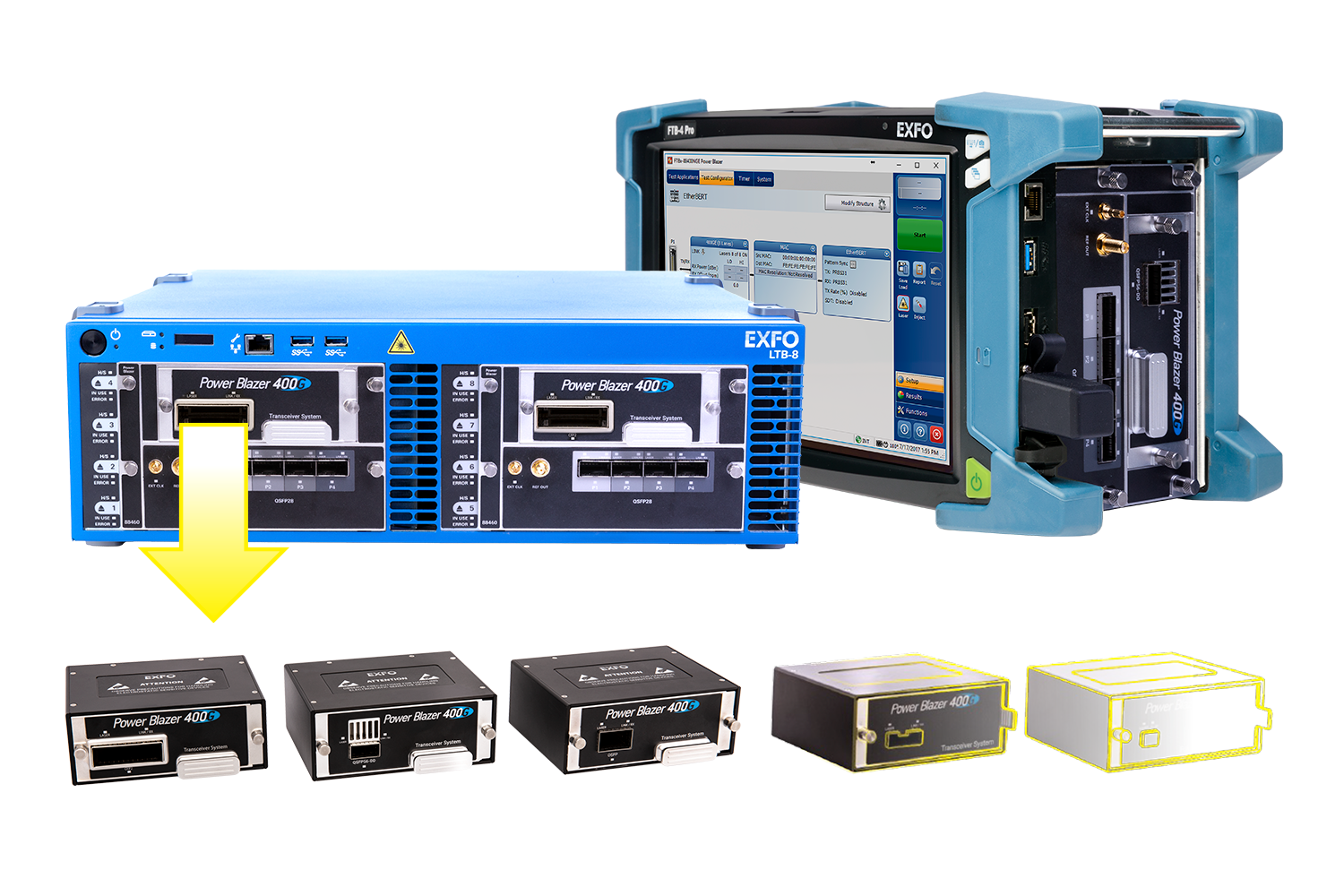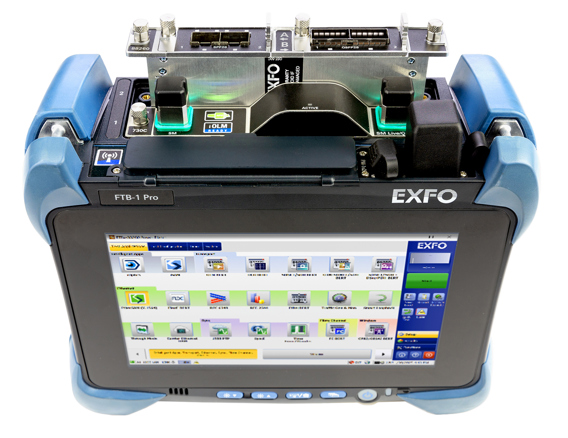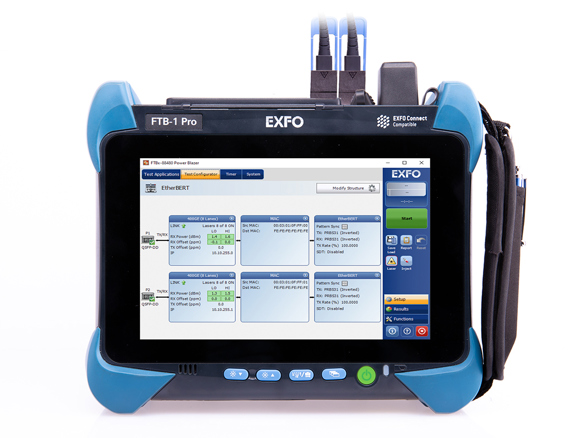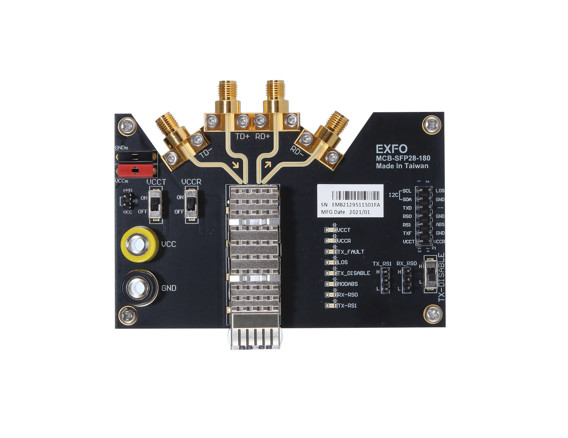Resources
All resources
Webinar
From 400G to 800G: encoded FEC, the key enabler for next-gen transceivers. - English
(November 02, 2021)
Flyers and pamphlets
EXFO demos - OIF interops - English
(March 18, 2022)
Application notes
Flex Ethernet: breaking the chains of physical bandwidth - English
(May 11, 2018)
Reference posters
400G technical poster - English
(September 23, 2022)
Reference posters
400G technical poster - 中文
(September 23, 2022)
Webinar
Still bogged down by issues when rolling out next-gen high speeds from R&D to manufacturing? - English
(May 16, 2023)
Product demos
Demo of Open Transceiver System (OTS) and 400G solutions - English
(May 18, 2023)
Blog
How to address challenges in the end-to-end qualification of pluggable transceivers? - English
(January 17, 2021)
Webinar
A New Generation of Pluggable, 100 - 400G Coherent Optical Modules: Implementation and Testing - English
(May 16, 2023)
Promotional videos
Overcoming E2E transceiver testing challenges with EXFO - English
(May 18, 2023)
Flyers and pamphlets
Leading-edge transmission testing up to 800G - English
(October 26, 2021)
Flyers and pamphlets
Leading-edge transmission testing up to 800G - 中文
(October 26, 2021)
Flyers and pamphlets
Leading-edge transmission testing up to 800G - 日本語
(October 26, 2021)


















